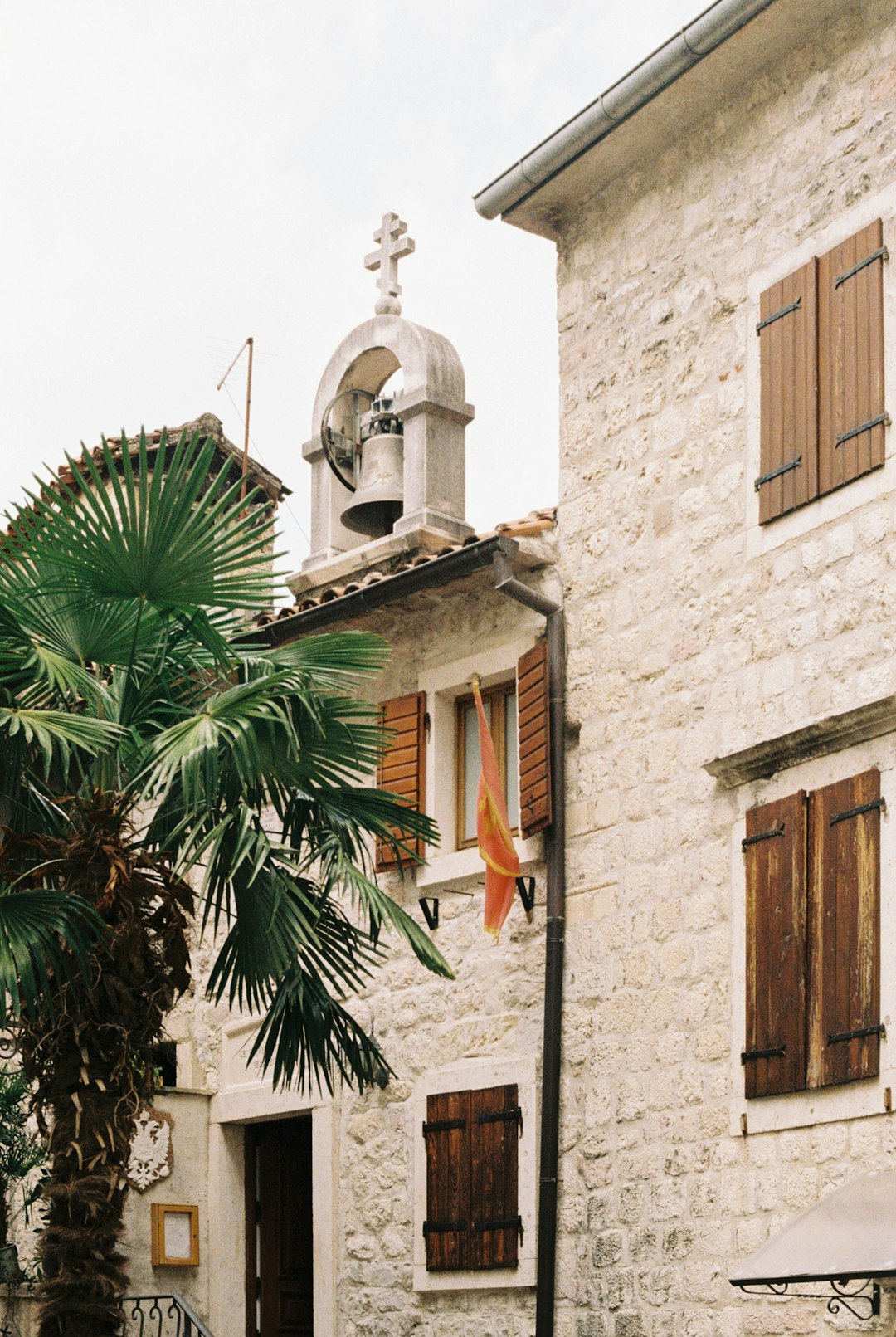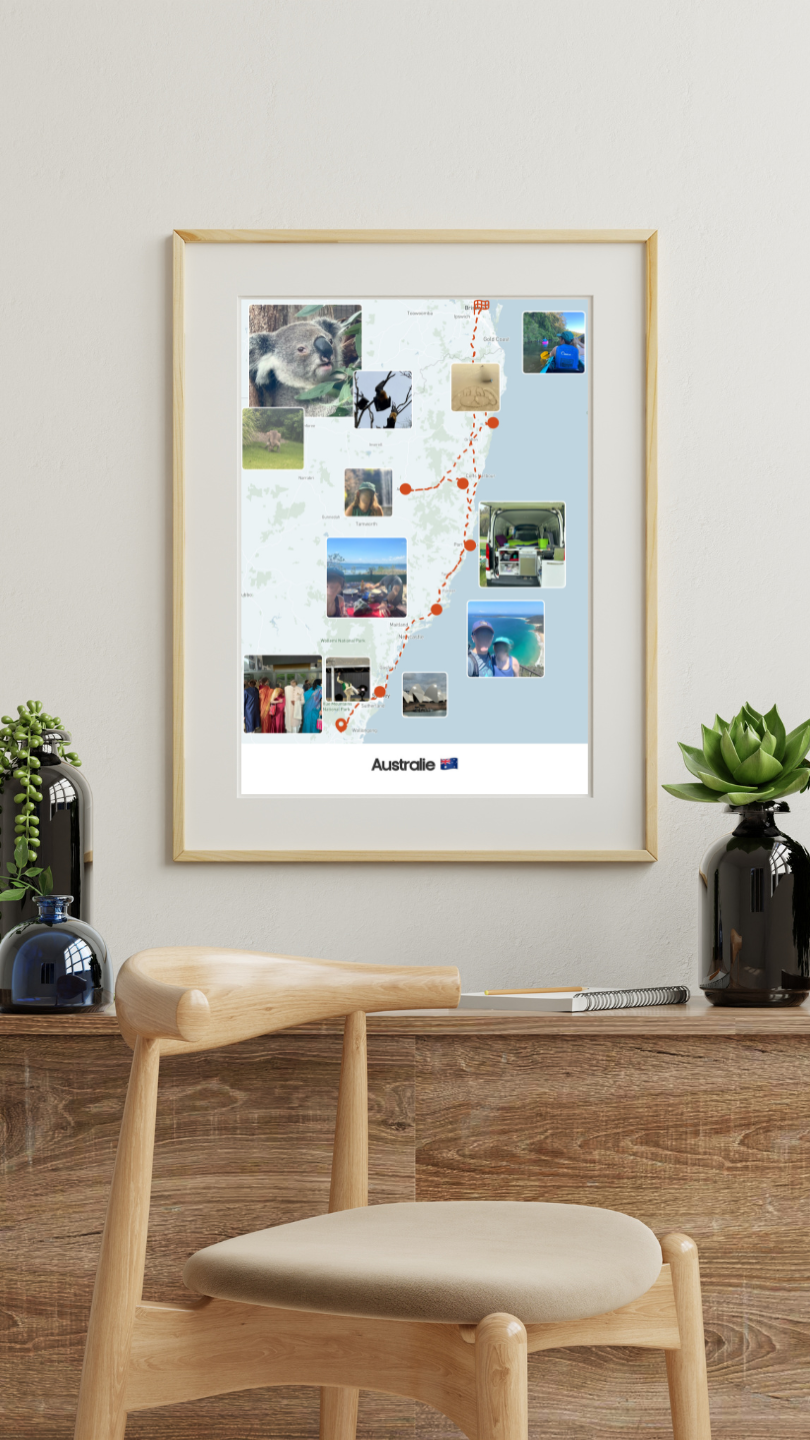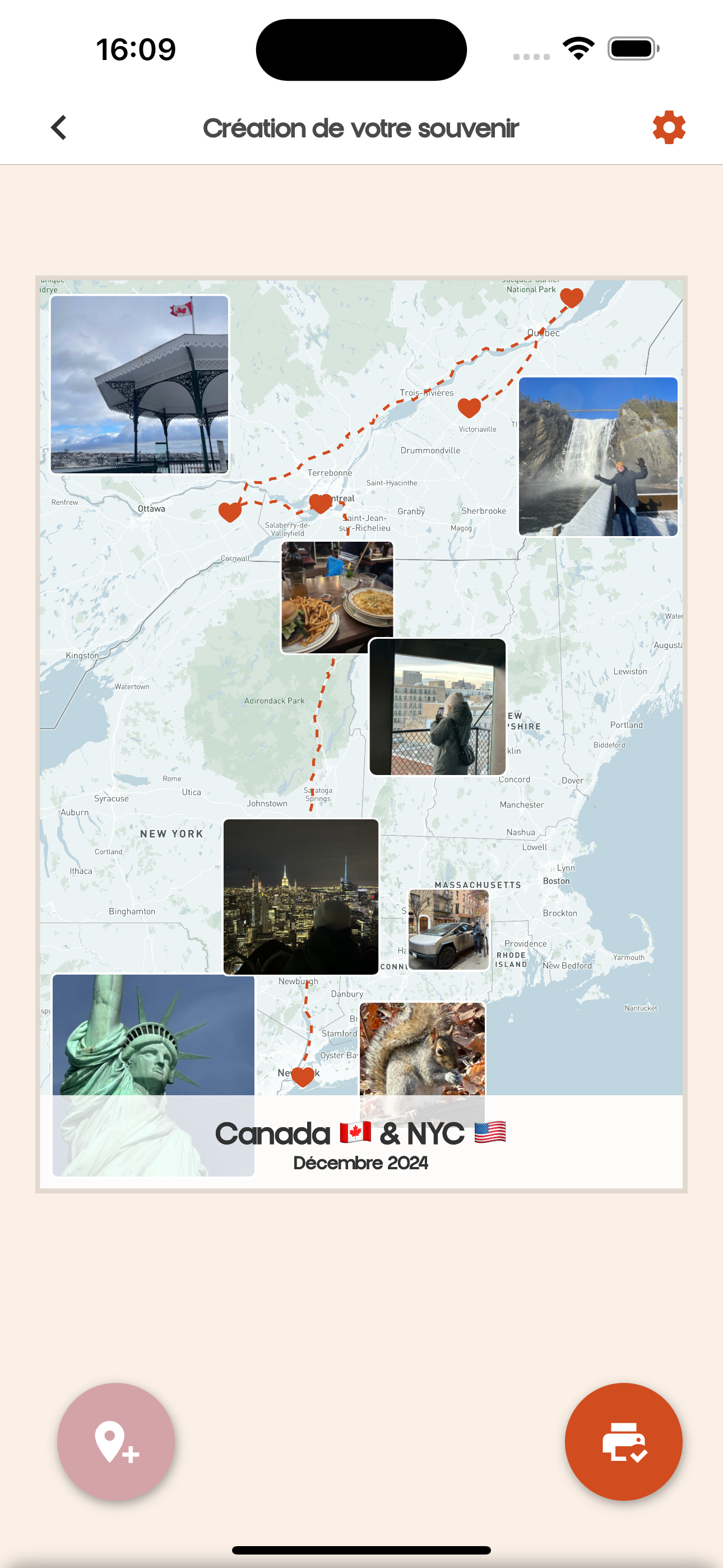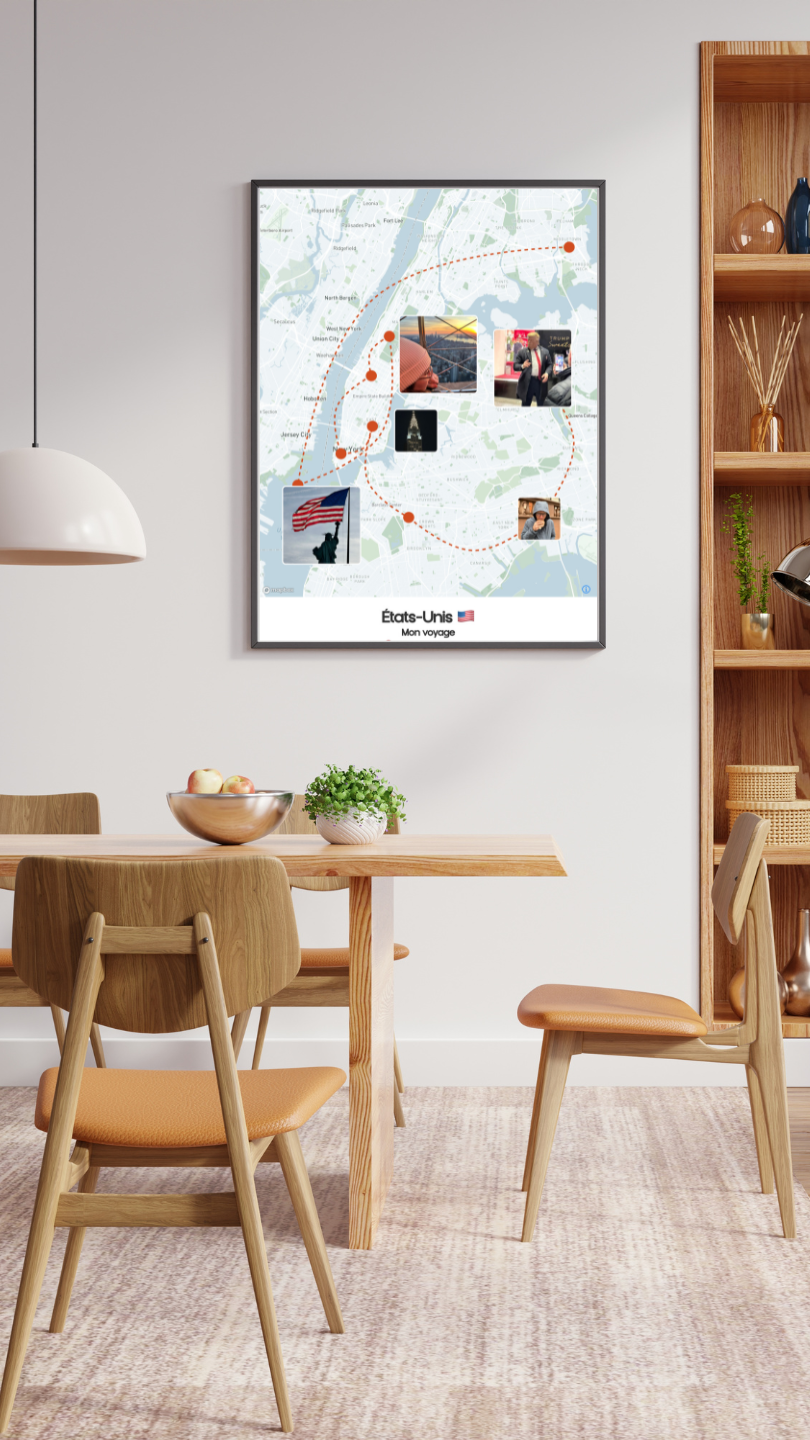Carcassonne, located in the south of France, is famous for its beautifully preserved medieval city that attracts millions of visitors every year. This UNESCO World Heritage site is filled with charm, culture, and history. But what to visit in Carcassonne to get the most out of your stay? This article guides you through the must-see attractions in this historic city.
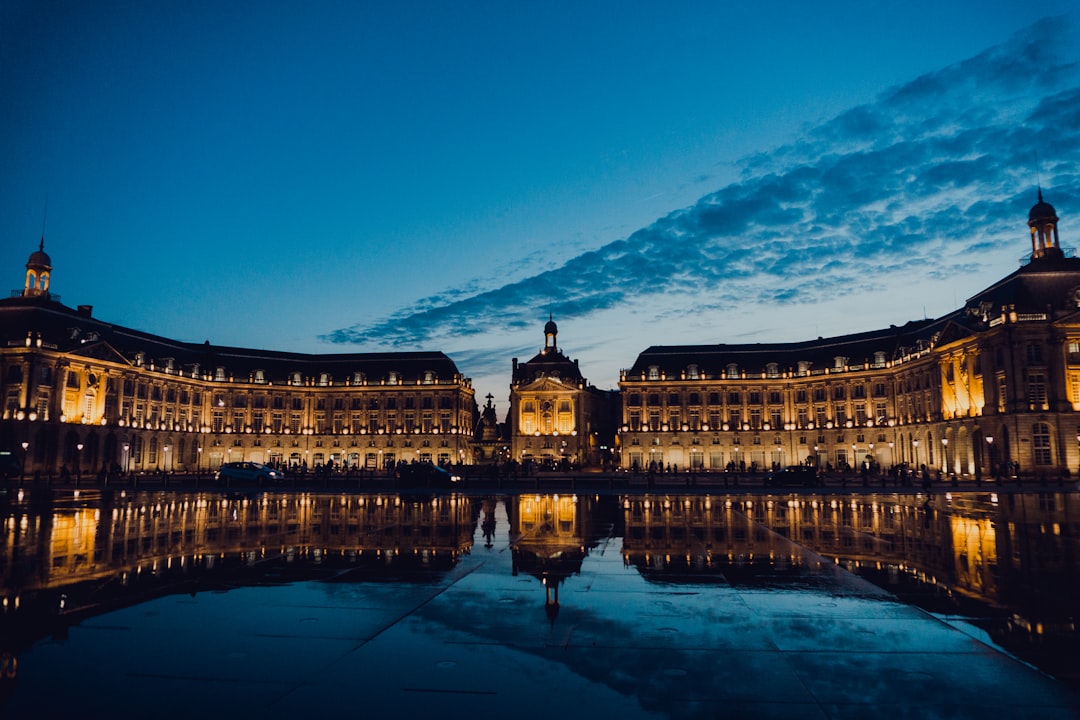
Introduction - What to visit in Carcassonne?
The Medieval City - What to visit in Carcassonne for a first glimpse
The Citadel of Carcassonne is a true journey back in time. Its impressive ramparts, towers, and basilica make it a must-see. You can stroll through its cobblestone streets, discover its artisan shops, and taste local specialties. Don’t forget to visit the Château Comtal, which offers a panoramic view of the region.
The Château Comtal - What to visit in Carcassonne for history enthusiasts
The Château Comtal is one of Carcassonne's most iconic sites. Built in the 12th century, it played a strategic role during the medieval wars. The castle tour allows you to explore its beautifully preserved rooms, ramparts, and discover exhibitions that trace the history of the region. Guided tours are also available for a deeper dive into its history.
The Basilica of Saint-Nazaire - What to visit in Carcassonne for architecture
The Basilica of Saint-Nazaire, with its flamboyant Gothic style, is another architectural gem of Carcassonne. Upon entering, you’ll be struck by its colorful stained glass windows and beautiful organs. This church is not only a place of worship, but also an important cultural space where concerts and exhibitions are often held. Attending a mass or concert here is an unforgettable experience.
The Vauban Bridge - What to visit in Carcassonne for a nice walk
The Vauban Bridge is a marvel of 17th-century architecture linking the Citadel to the new town. Enjoy a peaceful stroll along the Canal du Midi while admiring the beauty of the landscape. It’s an ideal spot for photos and relaxation. Nearby cafés also offer pleasant terraces where you can enjoy a coffee while contemplating the view.
The Inquisition Museum - What to visit in Carcassonne for the curious
The Inquisition Museum is a fascinating and somewhat mysterious place that recounts the dark events of history. You'll discover period objects, torture instruments, and captivating stories. While the subject is delicate, the visit is educational and allows you to better understand the historical context of the region.
The Canal du Midi - What to visit in Carcassonne for nature lovers
Inscribed as a UNESCO World Heritage site, the Canal du Midi is perfect for a day outdoors. Whether you choose to walk, bike, or rent a boat, it’s an ideal place to enjoy nature. The beautiful surrounding landscapes combined with the tranquility of the water make it a preferred spot for outdoor activities.
The Halles de Carcassonne - What to visit in Carcassonne for foodies
The Halles de Carcassonne is a covered market where you can find fresh local products and culinary specialties. It’s the perfect place to discover the gastronomy of the region, featuring cheeses, wines, and artisanal charcuterie. Don’t hesitate to taste some goodies while conversing with local producers.
The Festivals of Carcassonne - What to visit in Carcassonne for culture
Carcassonne is also known for its numerous festivals throughout the year. From classical music festivals to theatrical performances, there’s something for everyone. Attending one of these events will immerse you in local culture and allow you to meet talented artists.
Conclusion - What to visit in Carcassonne and why
Carcassonne offers a unique experience combining history, culture, gastronomy, and nature. Whether you're a history buff or simply looking for a beautiful getaway, this medieval city is sure to charm you. Don’t wait any longer to visit these iconic places and be a part of Carcassonne’s History!
FAQ - What to Visit in Carcassonne
1. What is the best time to visit Carcassonne?
The best time to visit Carcassonne is during the spring (April to June) and early autumn (September to October). During these periods, the weather is pleasant, with mild temperatures and fewer tourists compared to the high summer season. This allows you to explore the city in a calm and serene atmosphere. Additionally, many local events and festivals occur during these times, providing an excellent opportunity to experience local culture. Summer months can be hot and crowded, so if you prefer to avoid the crowds, choosing these intermediate seasons is ideal. Always check event dates and holidays for optimal planning.
2. Are there guided tours available in Carcassonne?
Yes, Carcassonne offers many guided tours that enrich your experience of the city. From walking tours to bus excursions, you'll find a wide range of options. These tours are led by local guides who share their in-depth knowledge of the history, architecture, and traditions of the area. Whether you choose a classic tour of the medieval city or a food-centric experience, these tours can truly bring your visit to life. Book in advance during peak seasons to guarantee a spot, as these tours often attract crowds. Online reviews can also help you choose the best option based on your interests.
3. What typical dishes should I try in Carcassonne?
In Carcassonne, do not miss the opportunity to taste typical dishes such as cassoulet, a specialty made with white beans, various meats, and sausages. Local cheeses like Roquefort and regional wines, such as Minervois or Corbières, are also a must. For sweet lovers, the delicious macarons from Carcassonne will delight your taste buds. The city's markets, open every morning, offer fresh, local products perfect for discovering the diversity of local cuisine. Finally, don’t hesitate to enter small bistrots to sample homemade dishes often prepared with seasonal ingredients.
4. Is the Citadel of Carcassonne accessible for people with reduced mobility?
Unfortunately, the Citadel of Carcassonne is not fully accessible to people with reduced mobility due to its uneven terrain. However, efforts have been made to improve accessibility in certain areas. Many attractions, such as the Château Comtal, attempt to provide adapted solutions. It is advisable to contact the sites you wish to visit in advance to ensure they can accommodate your needs. Alternatives such as adapted guided tours are also available for those with mobility restrictions.
5. What are the best activities to do in Carcassonne?
Activities in Carcassonne are varied and cater to many interests. In addition to visiting the medieval city and the Château Comtal, you can explore the Canal du Midi by kayak or bike. For wine enthusiasts, vineyard tours in the surrounding areas are offered. City restaurants serve exquisite local cuisine to discover, and food markets, like the Halles, are ideal for unearthing regional products. Various cultural events, such as music festivals and art exhibitions, are also available year-round, adding to the charm of this beautiful city.
6. What is the history of the Citadel of Carcassonne?
The Citadel of Carcassonne has a rich history dating back to the Roman-Gaul era. Over the centuries, it has been a strategic site, especially during the medieval conflicts like the Albigensian Crusade in the 13th century. The fortifications that you see today were largely restored in the 19th century by architect Viollet-le-Duc. This UNESCO World Heritage site is a remarkable example of medieval architecture and speaks to the military ingenuity of the period. The city has preserved an authentic atmosphere; its streets and buildings transport visitors back in time, offering a fascinating insight into life during the medieval era.
7. Why buy souvenirs in Carcassonne?
In Carcassonne, souvenirs are a great way to take a piece of the city's magic home with you. Artisan goods such as pottery, paintings, and textiles reflect local art and culture. The shops and markets in the city are filled with these treasures, from wine bottles to books about the area's history. Purchasing a souvenir also helps support local artisans and small businesses. Additionally, these items are often made with passion and quality, ensuring a lasting and unique reminder of your visit to Carcassonne.
8. What major events take place in Carcassonne?
Carcassonne hosts numerous events throughout the year, leading to a vibrant cultural life. The Carcassonne Festival is one of the most important, featuring concerts, performances, and theatrical productions. Other events like the Flamenco Art Festival and the medieval market also attract crowds. Cultural celebrations linked to regional traditions provide additional highlights, such as the gastronomy festival or Christmas market. Participating in one of these events will enrich your experience and allow you to see the city from a new perspective.
9. What transportation options are available to get to Carcassonne?
Carcassonne is accessible by various means of transport. The city has a train station with regular connections to Toulouse, Montpellier, and Barcelona. Carcassonne Airport offers both national and international flights during peak season. Local buses and shuttle services also facilitate travel in the region. Once there, walking is highly recommended, especially in the medieval city where many areas are inaccessible by car. Biking and public transportation are ideal options for exploring the surroundings.
10. Are there any tips for visiting Carcassonne?
To visit Carcassonne without breaking the bank, plan your visits during open house days offered by some museums and historical sites. Consider exploring the city on foot to discover its hidden gems and perspectives. Many restaurants offer reduced-price lunch menus, so take advantage of this. Also, check for tourist cards that provide discounts for attractions and transport. Groups may benefit from reduced rates on guided tours. Finally, the off-season is perfect for avoiding crowds and enjoying special offers in hotels and restaurants.
